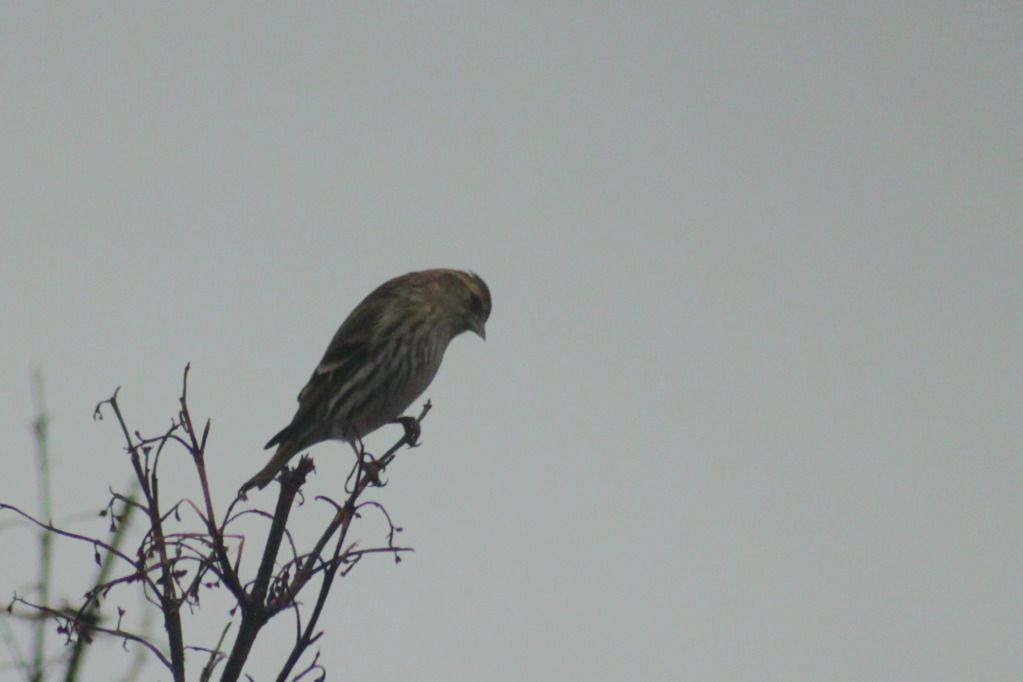Instead this year it seems to be a never ending winter, with snow on successive weekends, temperatures in single digits and the river looking bleak and desolate, with few signs of life.
.
.
Once again the meadow is flooded and an opportunist heron looking for any displaced amphibians, fish or water voles
.
.
Although water vole sightings are infrequent - maybe because it's too cold to spend a long time looking for them - they are starting to become more active as this latrine shows:
.
And other signs that this isn't winter, just a very cold spring, is a solitary flowering daffodil.
.









